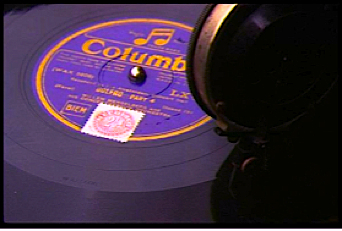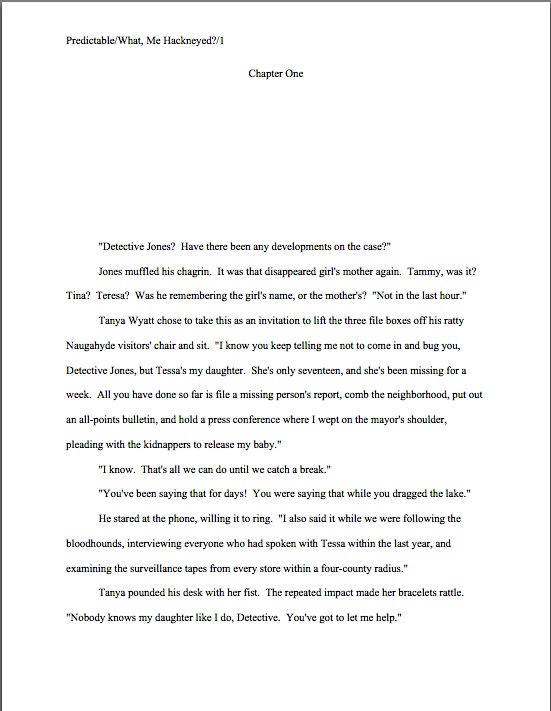As Virginia Woolf — whose birthday all right-minded literary types are celebrating today — tells us, “Fiction must stick to the facts, and the truer the facts, the better the fiction.” Our old pal and nemesis, Millicent the agency screener, might like to add, however, “Yes, but that does not mean that everything that has ever occurred on the planet Earth would necessarily make a good scene in a novel, or even a plausible one. And that goes double, perversely enough, for memoir.”
Are you wondering just how that is possible, those of you devoted to writing about reality? Feel free to pull out your hymnals and sing along, long-time readers: just because something actually occurred does not mean that it will ring true on the page. In a book, it’s the writer’s job to make everything that happens seem plausible; within the world of the story, everything has to make sense.
That can be a daunting task for the writer devoted to truth-telling, because, let’s face it, the world as we actually experience it on a day-to-day basis frequently defies understanding. Storylines meander; villains do not receive their well-earned comeuppances; virtue is not always either its own reward or lauded by anyone else.
In fact, when you come right down to it, quotidian life is usually dramatically unsatisfying, and have you ever paused to consider the kinds of characters reality routinely introduces onto its stage? Totally unbelievable; the average reader would laugh ‘em off the page. And let’s not even begin to discuss how some of those characters talk.
All of which means, contrary to apparently popular opinion amongst aspiring writers, that simply jotting down a transcript of a real event and inserting it into a novel may not work particularly well; all too often, a purely factual account will not provide the reader accustomed to fiction’s standards of world-depiction with sufficient information to be able to picture what the writer experienced. Nor does lifting a living, breathing person and inserting him into a novel necessarily create a character that will spring to life on the page, unless the writer fleshes him out as fully as any character dredged up from her imagination.
There’s a reason that perennial cry of the realistic writer — “But it really happened that way!” — doesn’t particularly impress agents, editors, or contest judges, you know. With apologies to Aunt Virginia, no matter how true the facts, it’s the writer’s responsibility to make them seem true to the reader.
By the same token, while reporting accurately what happened in one’s own life is necessary in a memoir, it’s not the only storytelling requirement; it has to sound true as well. More than that, the narrative needs to present the memoirist’s world vividly enough that the reader can, to recycle a metaphor, walk in the protagonist’s shoes. Plausibility on the page is largely dependent upon style. As the pros like to say, it all depends on the writing.
Do I spot some raised hands out there in the ether? “Fair enough, Anne,” writers of the real across the globe admit. “I never conceived myself as a mere recorder of human events. I want to add my unique authorial voice, trenchant analysis, and distinct worldview to the story I’m telling. But now that you’ve got me worried about the difference between factual accuracy and literary plausibility, how about sharing some tips on how to tell the difference on the page?”
A perfectly reasonable request, reality-lovers, but as it does indeed all depend upon the writing (where have I heard that before?), there really are not any one-size-fits-all criteria. Some plausibility faux pas crop up in submissions and contest entries more than others, however. So that you may learn to spot them in the wild, let’s take a gander at a few of them roaming about their natural habitat.
Here, for your Millicent-imitating pleasure, is an honest-to-God, hand-to-heart real event, rendered for the fiction page as professional readers often see it. Does it ring true to you, or could it use a reality overhaul?
The petulant whine of the radiator woke Antoinette, but despite its annoying whistle, her mood was ebullient. If there was anything better than waking up in a cozy bed in one’s very own writing studio in an artists’ colony, she did not want to know about it. And was that coffee she smelled? The staff didn’t deliver, did they?
Excited, Antoinette extended a shapely leg from the covers to test the air. Chilly, but bearable: surely, by the time she got down to work, the room would have risen to a temperature that would not cause her fingers to cramp. Antoinette clambered out of her cot and into her robe and slippers, shuffling to her cabin’s door.
Nothing there but freezing air and a bit of lingering snow on the doorstep. Laughing at her own optimism, Antoinette turned to fill the electric teapot next to her makeshift desk.
Strange that a place that boasted such an endowment would expect her to balance her laptop on a sheet of plywood resting on sawhorses made out of two-by-fours. It did not make Antoinette sanguine about breakfast down at the dining hall; maybe she’d wait for lunch before she ventured out. That would give Antoinette a solid three hours of writing — heck, almost five, if she could stave off hunger long enough to scoot into lunch just before it ended. She was glad she’d had the foresight to slip some Lady Grey tea and a few protein bars into her luggage.
If you immediately cried, “In heaven’s name, why must every other female leg depicted on the printed page be described as shapely? Couldn’t some of them be, say, nicely-formed or well-rounded? Sometimes, I think that there are no other leg-related words in the language,” well, Millicent would agree with you there. She’s seen enough shapely legs trot across the manuscript page to keep the Rockettes fully staffed until the end of the next millennium. And not, as some genre snobs might assume, merely in the kind of hard-boiled mystery in which dames with gams that go all the way down to the floor lure tough guys into the kind of trouble of which film noir is made.
I tremble to report, though, that this description — and this type of description — is fairly common in both memoir and fiction based upon real events, especially if those events happened to occur in the writer’s own life. Any guesses why?
The answer is rather charming, I think: when writers are describing themselves, even fictionally, they tend to focus upon what they consider their best features — or their worst. Our writer friend above may well feel that the leg in question is what would catch a discriminating bystander’s eye first.
Neither Millie nor I have any reason to doubt that, of course. We just wish that the writer would have come up with a means of describing her leg with sufficient clarity that after having read about it, we could recognize it in a crowd of well-constructed torso support systems, if you catch my drift.
Does the sound of two thousand of you shifting uncomfortably in your desk chairs mean that I hadn’t mentioned lately that those of us who read for a living often develop some rather strong negative reactions to clich?s — or phrasing that turns up in submissions and contest entries so often that it might as well be on every set of lips in North America? That’s an inevitable side effect of screening, I’m afraid: after the 7,259th iteration, even a pleasing and apt description can seem a bit, well, overdone.
The moral, should you care to know it: a writer has no control over where a submission or contest entry falls in a screener or judge’s reading queue. It would behoove a savvy writer, then, to make sure that the page is phrased so it will come across as original and stylish if it’s Millie’s first of the day or her 105th. Give those gams a rest, will ya?
Now that I’ve lectured you into feeling good and protective about the text we’re discussing — oh, you thought I was being nit-picky for its own sake? — let me ask: did you notice the red flag that might have prompted Millicent to shout, “Next!” even if she personally can never get tired of the sight of a shapely leg? While you were at it, did you notice the yellow flag that might merely have irritated her a bit?
No? Perhaps it would help to see this excerpt as she would in a submission, on a page. If you’re having trouble reading it, try holding down the COMMAND key and pressing + to enlarge the image. And if you really want to replicate the screener experience, read the following fifteen times, walk away for an hour, then return and read it again.
Did one or both leap off the page at you this time? If not, I invite you to try a practical experiment. First, look away from that page for at least fifteen seconds. Then glance back and read the whole thing as quickly as humanly possible.
Notice how much the name repetition grabs the eye when you’re skimming? That’s the yellow flag, and long has it waved over submissions. Why might it bug a tired-eyed screener? Those capital As are visually distracting, so it could feel to someone who has been screening submissions all day as though our writer friend has reminded the reader that the protagonist’s name is Antoinette far more than is strictly necessary for clarity.
Or, as Millicent might put it, “How short an attention span do you think I have, to remind me of this character’s name on every other line?”
A picayune objection? Perhaps, but since fiction and memoir submissions alike tend to name-check their characters over-much — and as writers often love the monikers they’ve given their protagonists most of all — a Millicent can frequently become sensitive to the practice. Especially in a text like this, in which there is only one character, so there is no possibility of the reader’s saying, “Wait — which she are we talking about now?”
Over-naming certainly isn’t limited to writing based upon real-life events, however, any more than the other major red flag here. To get a handle on the second, let me ask you: how much do you remember about the plot of the page you’ve now read twice?
If your answer even remotely resembled, “Um, not much, but then, not much happened on that page,” congratulations; you’re reading like a pro. While you are already meandering in Millicent’s moccasins, then, let me ask you: if you were a screener, would you turn the page and keep reading?”
Oh, don’t look at me that way; most manuscript submissions get rejected on page 1. Yes, even ones like this: properly-formatted, free of typos, and clearly written. Remember, this is not the only manuscript Millie will be screening today; she may well have dozens loading her desktop, or even hundreds. If the story and/or protagonist don’t grab her pretty quickly, she’s likely to move onto the next.
Again, though, slow openings are not endemic only to fact-based fiction and memoir — but that does not prevent some of you who write one or the other from taking umbrage, I notice. “But Anne!” reality-huggers everywhere protest, and who could blame you? “If I — I mean, Antoinette — really did all of these things on the occasion described here, isn’t it a trifle dishonest to pretend that she did something else? Didn’t Aunt Virginia tell us at the top of this post that the more closely I cling to what actually happened, the better I will write about it?”
That’s not quite the central point of this ubiquitous piece of writing advice, contrary to popular belief. Possibly because one so seldom sees Woolf quote in its entirety: “Fiction must stick to the facts, and the truer the facts, the better the fiction — so we are told.”
Part of the art of writing fiction lies in providing sufficiently detailed descriptions and character development that the reader can feel she’s inhabiting the scene along with the protagonist. The same holds true for memoir, right? As we’ve discussed, that’s frequently the problem with transcribing a verbal anecdote directly to the page: the way most people tell their kith and kin about a real event does not contain enough evocative detail or subtle characterization to be equally gripping in print. That’s especially likely to be the case when, as in our example above, the real-world inspiration isn’t all that action-packed.
And don’t roll your eyes and mutter that clearly, Millicent’s never read any Proust. No one could be a greater fan than I of sitting around and remembering things past, but let’s face it, what wowed the literati in 1917 would not necessarily receive a kind reception today. Literary tastes change. And, as half of the publishing industry’s denizens would be only too glad to roll their eyes and tell you, even habitual readers of high literary fiction have more demands upon their time than in days of yore.
Oh, you think you’re immune to the pacing expectations of our age? Okay, let me ask you — by the middle of that first page, you were mentally shouting at Antoinette to do something, already, were you not? You wanted her to nibble on a madeleine, at least, if you happen to be a Proust fan.
Or, as editors like to scrawl in margins, “Get out of her head and into the story, already!”
To be fair, most current readers have a much, much higher tolerance for protagonists’ sitting around and thinking about stuff than your garden-variety Millicent, especially after the story has shown the major character(s) act vigorously. The cool-down-and-reflect scene is a staple of movies and television dramas for a reason: it allows Our Hero(ine) to reflect on what has just happened and decide what to do next. Since the cinematic medium requires a voice-over to convey silent thought, this scene often consists of the protagonist’s providing a recap and analysis for her best friend, his law partner, her boss, somebody’s mother, or a random passerby, more often than not while consuming some form of liquid libation.
Which is why, in case those of you who regularly frequent writers’ conferences and workshops had been wondering, agents and editors who have been at it a while sometimes urge startled attendees to cut any and all scenes in which the protagonist and another character imbibe coffee, tea, milk, hot cocoa, or any other drink conducive to cozy conversing. It’s not that, as a group, people who read for a living are hostile to, say, caffeine. Far from it.
It’s that, like Millicent, they’ve just seen so many plots stop dead in their tracks for pages on end in order to tell the reader what he already knows — what’s just happened — and to preview what’s about to occur that they cringe a little at the first hint of it. And don’t even get me started on how often manuscript submissions open with a conversation in which the protagonist explains what has happened just before the story started, as a shortcut for introducing back-story to the reader.
I see you blushing, writers of narratives that open with the protagonist’s calling her mother/best friend/significant other/beloved dog Trey to tell her/him/it about the awful/wonderful/just so-so thing that’s just happened to her. Yes, people do this all the time in real life, but that doesn’t mean you’re obligated to depict it on the page. Or even that it’s solid storytelling strategy: remember, the more Millicent is confronted with a narrative trick, the less effect it will have on her.
At the risk of going out on an interpretive limb, on the page, repetition often seems redundant. And before anyone suggests it, as writers so often suggest to agents and editors, no, the fact that something was done or said more than once in real life does not matter. Chant it with me now, long-time readers: just because something actually happened does not mean it will work well on the page. Or even be interesting.
Stop reaching for that club to bludgeon me. I’m not talking about writing untruthfully about actual events here; I’m merely suggesting selectivity in narrative. Just because real life is, let’s face it, often so darned repetitious that it ought to be brought up on charges of plot plagiarism, that doesn’t mean that having your narrative faithfully reproduce that already literary quite well documented tendency will not run the risk of boring the reader.
No matter how true a story is, a writer owes the reader an entertaining yarn, right? Antoinette’s creator/alter ego seems to have forgotten that, and I think I can tell you why.
But first — see what I did there? I gave reality a small twist, for narrative effect. If I were married to literalism in storytelling, I couldn’t have said that, right? I write 99% of the examples I use here at Author! Author! — why would I have to guess the motivations of today’s text-producer?
That being said, let’s return to the rhetorical conceit already in progress: like so many aspiring writers of the real, the teller of Antoinette’s tale presumed that readers would be interested in a fairly mundane set of thoughts and activities not only because they actually happened, but also because those thoughts and activities appear in a novel. Or a memoir. In any case, in print.
Or so Millicent and her ilk surmise from the fact that so many submissions contain — and open with — the kinds of scenes that do undoubtedly occur in real life, but neither advance the plot of the book in question nor provide character development. So why, the reader is left to wonder, is that part in the book at all?
Especially if, as in today’s example, it appears on page 1. As a reader, I find it hard to believe that this particular moment is the most interesting of Antoinette’s no doubt fascinating journey across this terrestrial orb. Nor, as an editor, do I accept that this was the only conceivable place to begin the story– or that a page of set-up was necessary to establish a mood before the plot could possibly lurch into motion.
And, frankly, as an intimate of Antoinette’s — we could hardly be closer, even at this very moment — it rather irks me that the fictional version of the original rather scarifying event translated this way to the page. In real life, this was quite the action-fest.
How might I — that is, Antoinette’s amanuensis — have conveyed that better? Perhaps by getting out of the lady’s head and into the plot more quickly. At minimum, let’s lose the tea.
The petulant whine of the radiator woke Antoinette, but despite its annoying whistle, her mood was ebullient. If there was anything better than waking up in a cozy bed in one’s very own writing studio in an artists’ colony, she did not want to know about it. And was that coffee she smelled? The staff didn’t deliver, did they?
No such luck, but she could easily skip breakfast. That would give her a solid three hours of writing — heck, almost five, if she could stave off hunger long enough to scoot into lunch just before it ended.
She was deep into the middle of Chapter Three of her Great American Novel when the first hornet bounced off her forehead. Startled, she shoved her folding chair back from the rapidly-splintering desk.
Didn’t see that coming, did you? That’s the fault of the original page 1, I’m afraid. By devoting its entirety to the relatively uninteresting details of quotidian life, it would have fooled Millicent into thinking that this is a pretty slow book.
And honestly, did you really miss all of the earlier rumination this time around? Heck, if we really wanted to get things moving, we could skip all of that naming of emotions (Millicent sees too many {Name} was {emotion} statements on any given day of screening, anyway) and simply throw poor Antoinette straight into her dilemma — and, not entirely coincidentally, into the plot.
Antoinette had just finished typing the fifty-third joke of her novel when the first hornet bounced off her forehead. Screaming, she shoved her folding chair back from the rapidly-splintering desk — or, rather, the bowed and frayed sheet of plywood balanced precariously upon makeshift sawhorses the It Shall Remain Nameless artists’ colony had seen fit to provide writers-in-residence. The second bee landed in her lap, the third atop her sleep-ravaged hair. She fled the cabin, sloshing through the March slush in her bedroom slippers.
Much more exciting, isn’t it? yes, Aunt Virginia, this quite different narrative is every bit as factually accurate as the original version; it’s merely told with an alternative emphasis and swifter pacing. Sticking to the facts need not mean relegating stylistic concerns to the compositional back seat, after all.
Two more common faux pas, and we’ll call it a night. See if you can spot what would raise Millicent’s notoriously easily-levitated hackles as the story moves through its next set of conflicts.
By the time the wet had reached her toes, she decided she was being an idiot. Clearly, the poor bee had been trapped in the cabin last fall, when the retreat had been shut down for the winter. The whiny radiator must have warmed it back to unpleasant life. She would have been grumpy, too.
But that didn’t mean the darned thing had to be sharing her work space for the next six weeks. Having it moved onto a sunny windowsill — or, better still, to outside a sunny window — was the utmost that could be expected of even the most karma-conscious person.
By the time she had sloshed her way to the administration building, she had many times cursed herself for not having been brave enough to venture back into the cabin for her coat. Teeth chattering like castanets, she begged the administrative assistant — who was a painter, if Antoinette was recalling the previous night’s introductions correctly — to send someone, anyone, to shoo the hornet out of her work space.
Clearly, the lady couldn’t be bothered. “Oh, that’s Joe’s job,” she said dismissively. “He’s not going to be in until the afternoon. The late afternoon.”
Did the level of word repetition bug you, so to speak? Again, it might help to see it as Millicent would.
By the time the wet had reached her toes, she decided she was being an idiot. Clearly, the poor bee had been trapped in the cabin last fall, when the retreat had been shut down for the winter. The whiny radiator must have warmed it back to unpleasant life. She would have been grumpy, too.
But that didn’t mean the darned thing had to be sharing her work space for the next six weeks. Having it moved onto a sunny windowsill — or, better still, to outside a sunny window — was the utmost that could be expected of even the most karma-conscious person.
By the time she had sloshed her way to the administration building, she had many times cursed herself for not having been brave enough to venture back into the cabin for her coat. Teeth chattering like castanets, she begged the administrative assistant — who was a painter, if Antoinette was recalling the previous night’s introductions correctly — to send someone, anyone, to shoo the hornet out of her work space.
Clearly, the lady couldn’t be bothered. “Oh, that’s Joe’s job,” she said dismissively. “He‘s not going to be in until the afternoon. The late afternoon.”
Quite eye-catching, is it not? And entirely for the wrong reasons. For some reason that years of editing and writing experience have left me powerless to explain, word and phrase repetition — up to and including that clich? about the chattering teeth — is notoriously common in both fictional and nonfiction accounts of real events. The prevailing theory (to which I only occasionally subscribe): writers of the real tend to focus more upon recounting the facts accurately than upon how they recount them. In a laudable attempt to tell the truth, the whole truth, and nothing but the truth, they sometimes forget to show off how well they can write.
I do think that explanation is sometimes applicable to real scenes committed to paper, because all types of writers fall into word repetition patterns at one time or another; when writers are in a hurry to get a good concept down on paper, style often falls by the wayside, at least for the first draft. I suspect, though, that a few other factors frequently nose their heads under the literary fence. The old verbal-anecdote-not-translating-well-to-writing trap, for instance: it’s hard to deny that even the most gifted raconteurs tend to reuse words more than the prevailing standards for professional writing smile upon in these decadent days.
If you still don’t believe that the spoken and the printed word are different, try reading that last sentence out loud. Tumbles awkwardly around the mouth, doesn’t it? Yet most readers would not have perceived it as especially awkward on a first reading. (I would — and did, as soon as I typed it — but hey, I’m a professional reader. Don’t try this at home.)
Writers of fact and fact-based fiction also occasionally fall into this pattern because in their aforementioned laudable effort to tell the truth, the whole…well, you know the rest, they conflate the goal of being factually accurate with a desire to be consistent. If an account is true, they reason, it should sound the same each time it’s told, right? And they’ve been telling it a certain way out loud for years. So telling it any other way can sound not only wrong to them, but actually untrue.
This logic, if you’ll pardon my saying so, drives many of us benighted souls that read for a living nuts. “What do you mean,” they bellow, rending their garments, “there’s only one way to tell this story? You’re a writer — there are a million ways you could tell this story!”
That response, in turn, drives many writers of the real equally nuts, especially if they happen to be writing memoir. “What do you mean,” they wail, bearding heaven with their bootless cries, “I should write about my life in a different way? I’m telling the truth here — so are you asking me to lie about what happened, or are you saying that I should have lived my life in some other way?”
What we have here, in short, is a failure to communicate realistically. Naturally, a memoir editor wants the writer to present her life story accurately, but if you’ll pardon my repeating myself, it also has to be a good yarn — and well written, too, if the writer can possibly manage it. That means being selective about what real elements to include, as well as exerting narrative authority to ascertain that the story both flows plausibly on the page and entertains the reader.
Oh, holster that throwing knife. Just because something actually happened doesn’t mean it will necessarily read as plausible on the page. All that nice professional reader wants you to do is tweak your account so the reader gets yanked out of the story by muttering, “Oh, that would never happen.”
Exercising some finesse can be quite necessary, as I think we can all agree that sometimes, reality can be mighty implausible. As I may have mentioned, the world is often a genuinely lousy writer, distributing punishments and rewards with little sense of dramatic fitness, jumbling together entirely disparate character traits within a single individual, and generally displaying a perverse affection for the trite and predictable. The real world wouldn’t last fifteen minutes in an editor’s chair.
Or a writer’s, for that matter, because to make sure that the written word is appreciably better than reality. That takes both a discerning eye for the actual and an acutely sensitive sense of story.
Sound like a tall order? You may be encouraged to hear — I know I am — that many writers of autobiographical fiction and memoir do exercise both talents in their submissions and contest entries, imposing a very strong authorial point of view onto the story arc. Sometimes, unfortunately, they go a trifle overboard.
How? See if you can catch the subtle narrative bias in the next segment of Antoinette’s story. Why might this factually truthful account rub Millicent the wrong way at the end of a long day’s screening? (Hint: verbal anecdotes are prone to this misstep, too.)
Antoinette felt as though every bee in the world had landed on her back, buzzing and pacing on its tiny legs. “What am I supposed to do until he gets back?”
The administrative assistant rolled her eyes, clearly thinking what a wimp. “Why don’t you try ignoring it?”
“Them,” Antoinette corrected her quietly. “I’m being dive-bombed.”
“Try opening a window.”
Antoinette dragged herself downstairs, hoping to delay her unexpected exterminator duties with some scrambled eggs, but the breakfast servers slammed the dining room door in her face. She couldn’t even snag a lousy cup of coffee. With envious eyes, she watched the well-fed sculptors, painters, and photographers amble back to their beautifully lit and undoubtedly bug-free workshops.
Has the self-pitying tone begun to grate upon you yet? No? Okay, I’ll ramp it up.
She waded back through the ankle-deep slush to her cabin, rolling up a newspaper she had snagged from the dining hall into what she hoped and prayed would be an adequate hornet-smasher. Opening the cabin’s door just enough to peek inside, she recoiled. The plywood desk was polka-dotted with groggy be. Dozens more lazily circled the old-fashioned bowl light fixture on the ceiling.
Terrified to her bones but determined not to lose a half-day’s writing time, she clamped her eyes and mouth shut, clenched her teeth, and ran across the room. Grabbing the nearest window by its sash, she wrestled it open, a worrying buzzing just off her right ear the whole time.
The storm window couldn’t be budged. Swatting wildly in all directions, she ran all the way back to the administration building.
“Back already?” the administrative assistant snorted. She called to workers in other parts of the office, laughing.
“Please,” Antoinette begged, “I don’t know what to do. I think there’s an entire hornet’s nest in the ceiling light. I can’t get to my computer to rescue it.”
Everyone laughed. “Can’t you write in longhand?” someone asked.
She took a deep breath, forcing herself to remain polite. “I don’t mind trying to work someplace else for the rest of the day, but could I borrow an electric fan or something so I can get back into the cabin for some clothes? Or maybe even my laptop?”
More guffaws. “Look,” the administrative assistant snapped, “if you want, you can write a note for Joe.”
I was pretty flabbergasted at this reaction, I must admit; as I said, reality’s not a very subtle writer. Which is why, believe it or not, this narrative seems to lack authenticity: it’s too obvious where the reader’s sympathies should fall. Not only is our saintly heroine — who is, you will note, unflaggingly polite — entirely in the right while her faceless tormenters cold- and warm-blooded alike are entirely in the wrong, but the humans’ reaction doesn’t even make sense.
“Oh, come on,” the reader would have every right to huff. “What kind of retreat’s administrative staff would be this callous to danger to one of its guests? Some people are allergic to beestings, you know. And even if that possibility hadn’t occurred to anyone concerned, wouldn’t they be worried that a massively bee-stung former writer-in-residence might, if she lived to tell the tale, make certain that any writer who might even consider taking up residence there would hear this dreadful epic of woe and uproar?”
You’d think so, wouldn’t you? The purpose of telling this story in writing, though, is presumably not to point a finger at the guilty — or at least not to do it so obviously that the reader perceives a narrative bias — but to beguile the reader with a true-to-life, entertaining yarn. Antoinette’s creator might try, for instance, limiting the dismissive reaction to only one character, the administrative assistant, rather than presenting the rest of the office’s staff and the dining hall’s personnel as uniformly hostile. Some individual character development might be nice. And why not seduce the reader into sharing the protagonist’s horror by giving more of a visceral sense of what it felt, smelled, sounded, and tasted like to be in that room stuffed with bees?
Let me answer that last question myself: I’d rather not relive that nasty moment any more intensely than I already have to write the story so far, thank you very much. If I were writing this scene for a memoir or autobiographical fiction manuscript, however, it would be my job to envision it down to the very last flutter of wings.
The truer the facts, the better the fiction, right? Otherwise, how could the reader possibly gain a true sense of what it was like to be living inside Antoinette’s skin? And wasn’t that what the writer telling her story set out to achieve?
Hey, nobody ever said writing about reality well is easy. Often, it’s not particularly fun, either. But you chose your subject matter because you wanted a writing challenge worthy of your ambitions and talent, didn’t you?
In the interest of factual accuracy, I should add that Joe did eventually turn up — he’d gotten embroiled in a still life — but since the hornet’s nest extended all the way into the cabin’s disused attic, he wasn’t actually able to stop the hailstorm of hornets until well until the middle of the next day. I slept on a crumbling couch between two other writers’ bedrooms. My slippers did not dry out fully until the beginning of Week 5.
P.S., I wrote roughly 200 pages while I was in residence. But I’ve never looked a hornet in its beady little eye again.
Seriously, I could have constructed a far more dramatically satisfying resolution to that storyline, reality. You really do need to work harder on your craft and characterization.
But nice job on all of the shapely legs with which you’ve managed to stock the world. Keep up the good work!

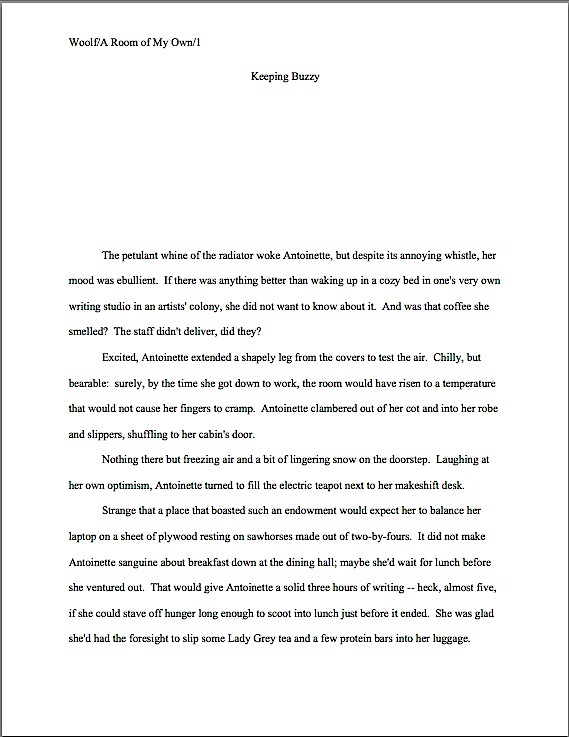

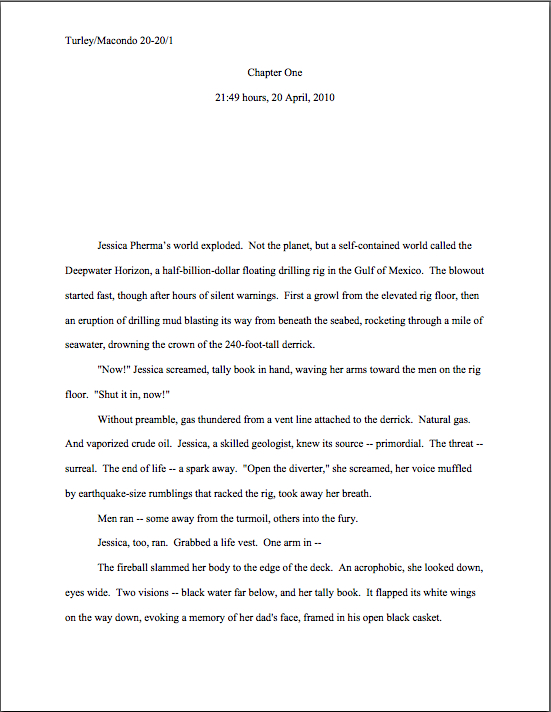
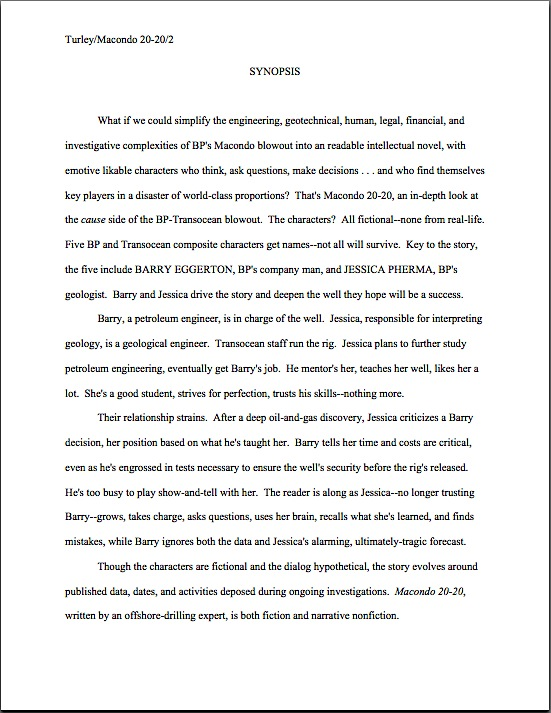


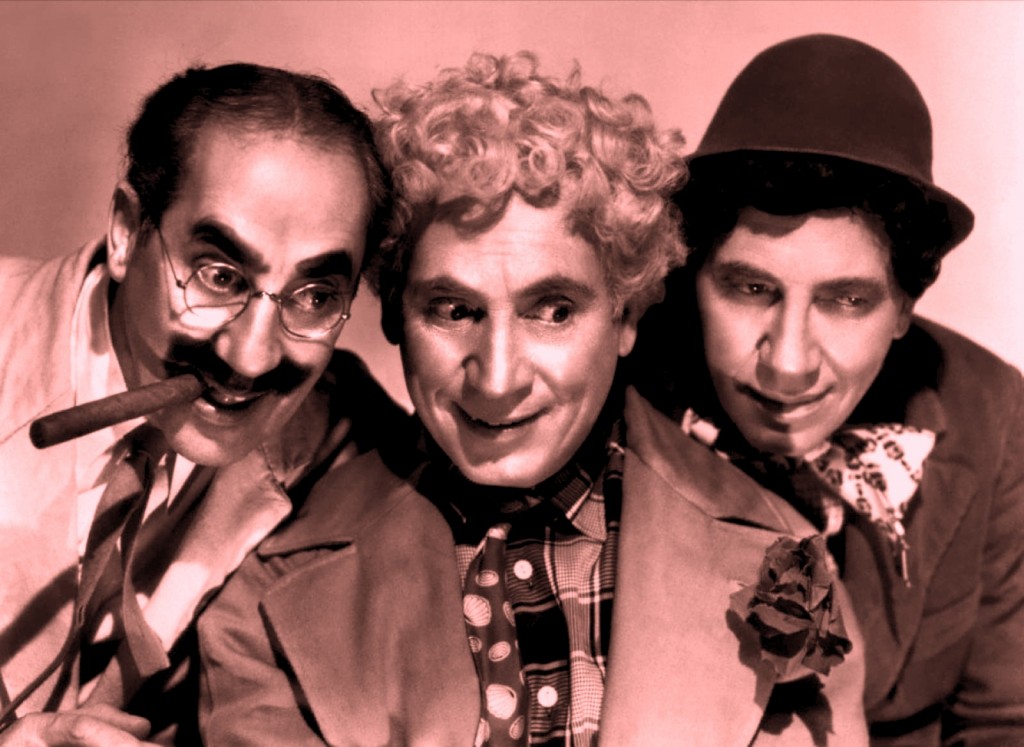




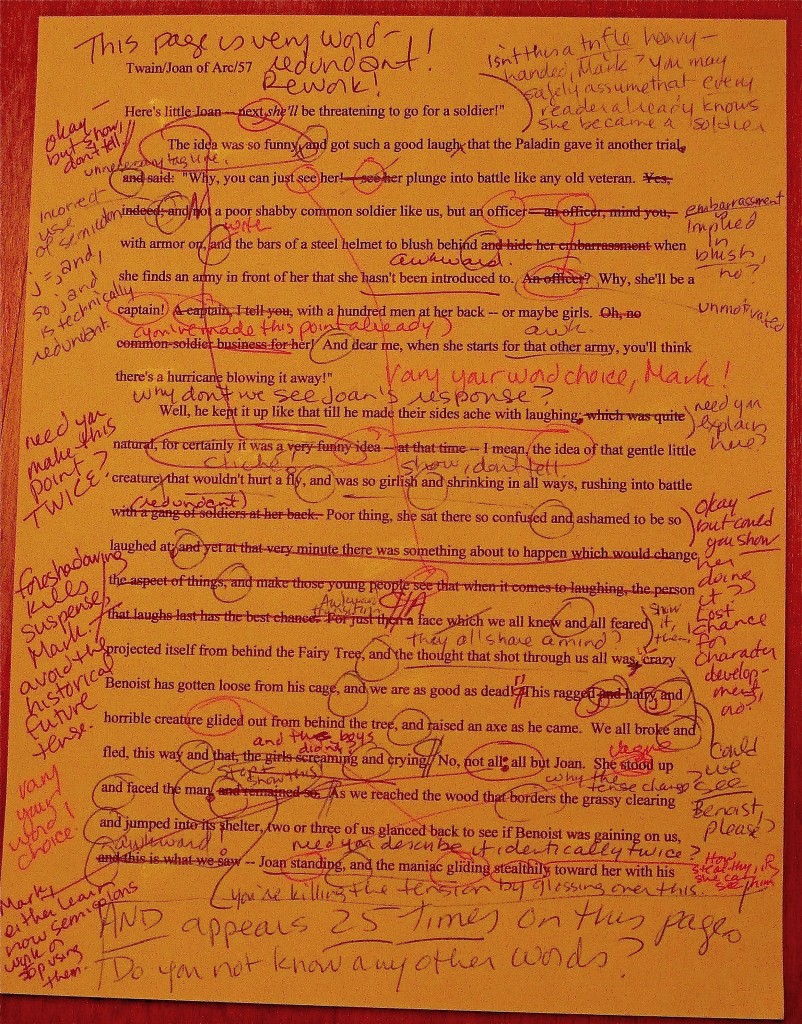
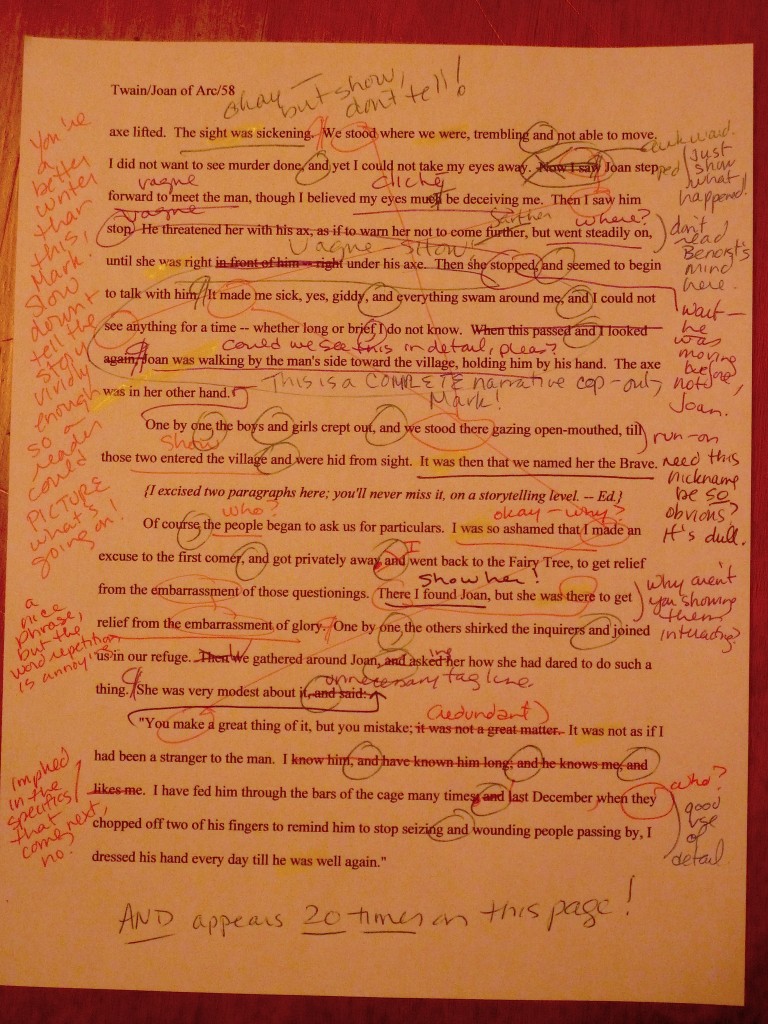
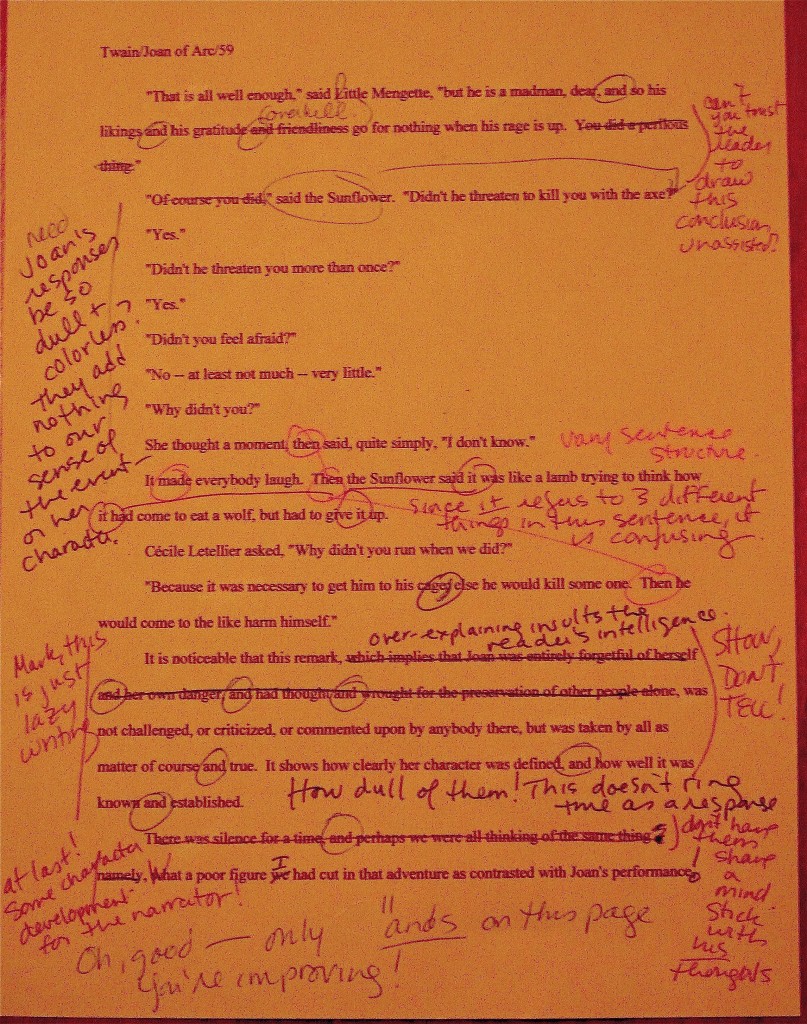


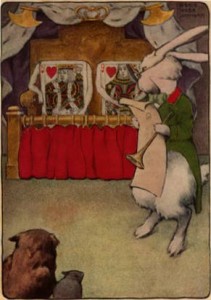
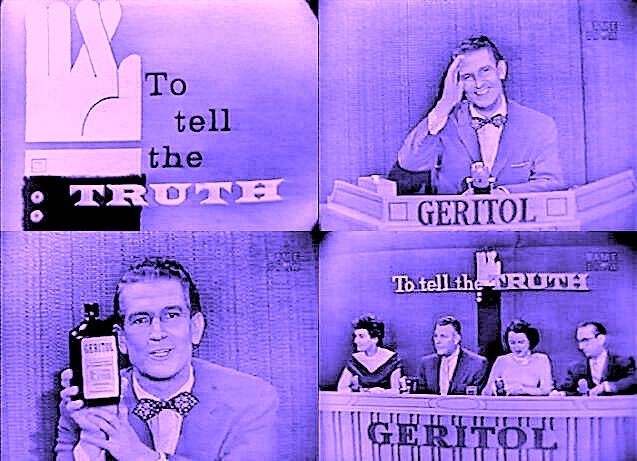


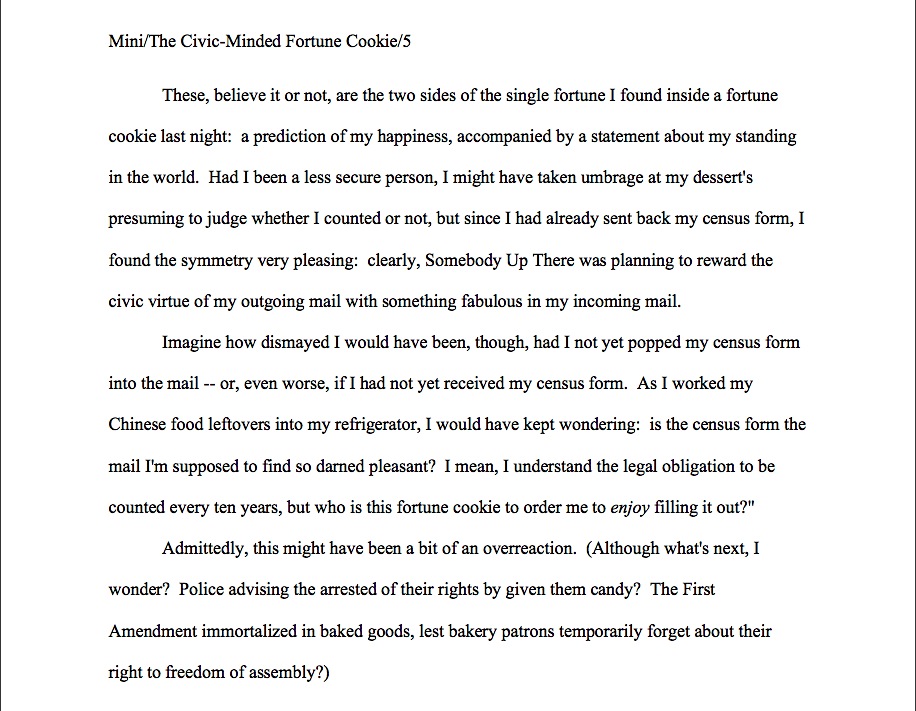
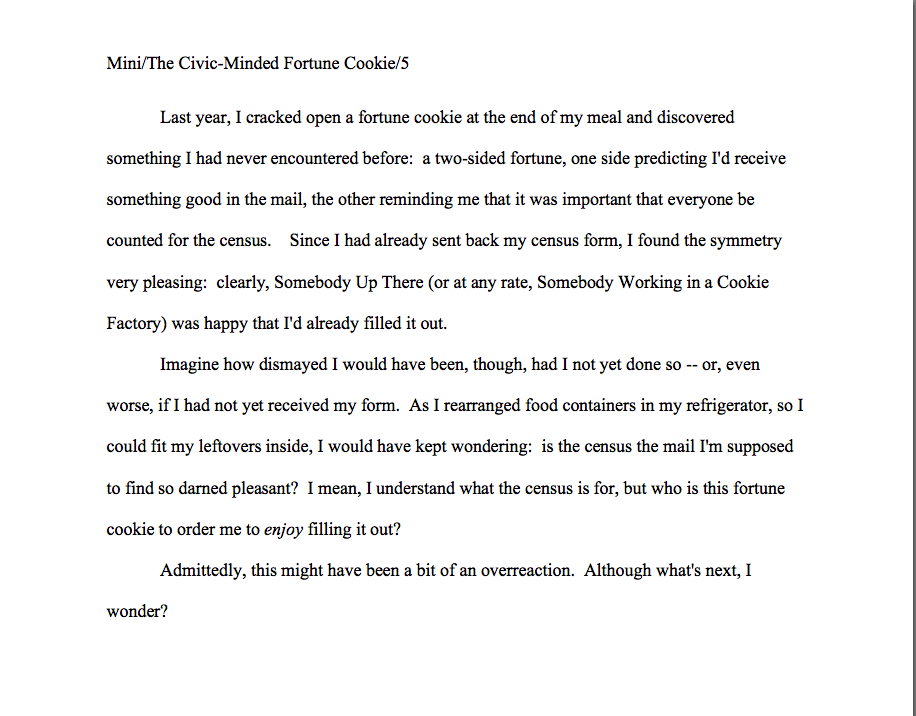







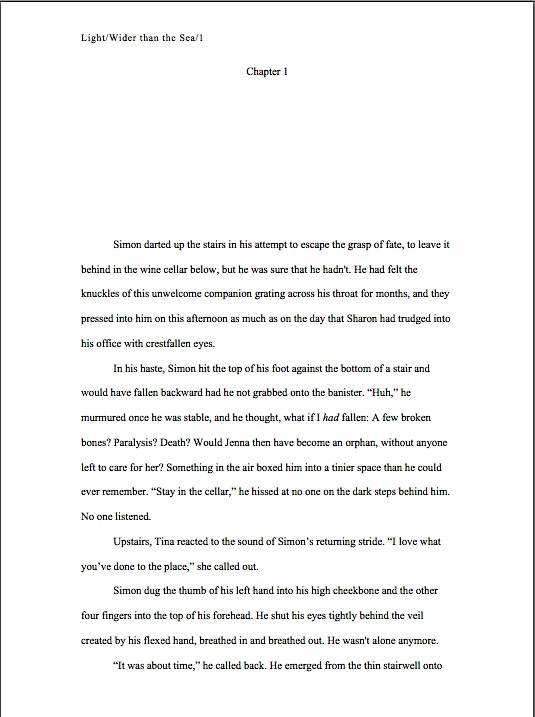
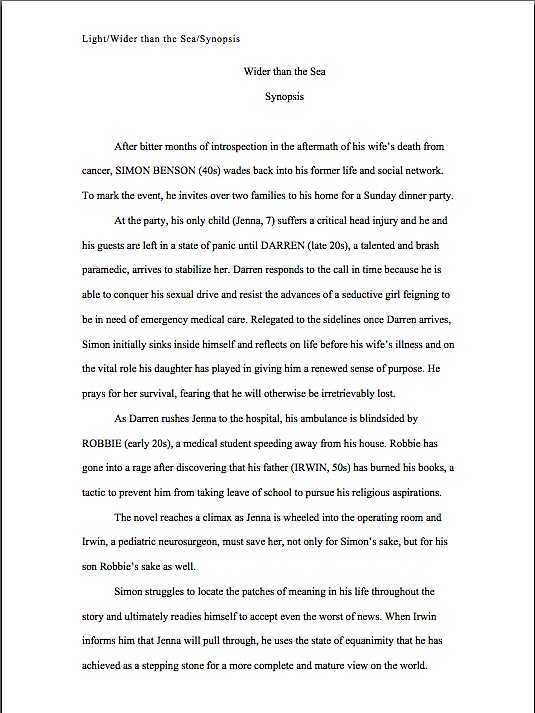
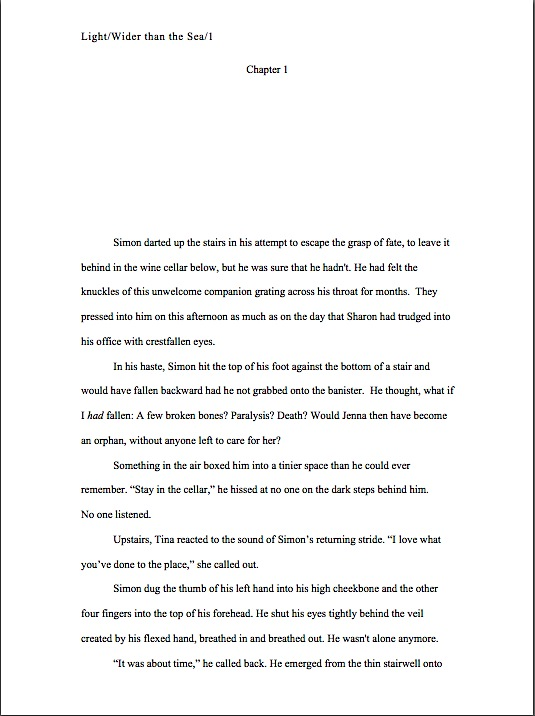
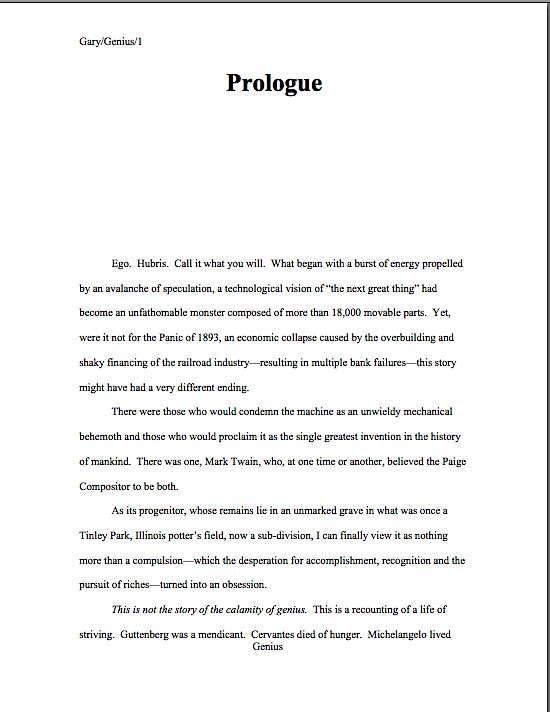
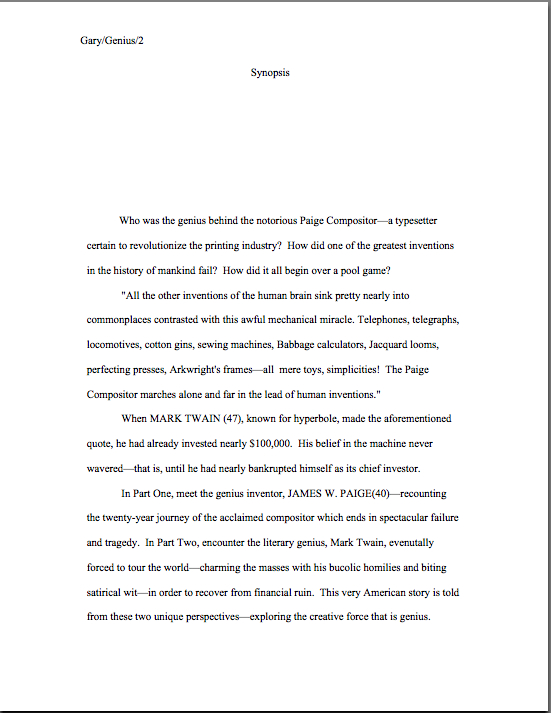
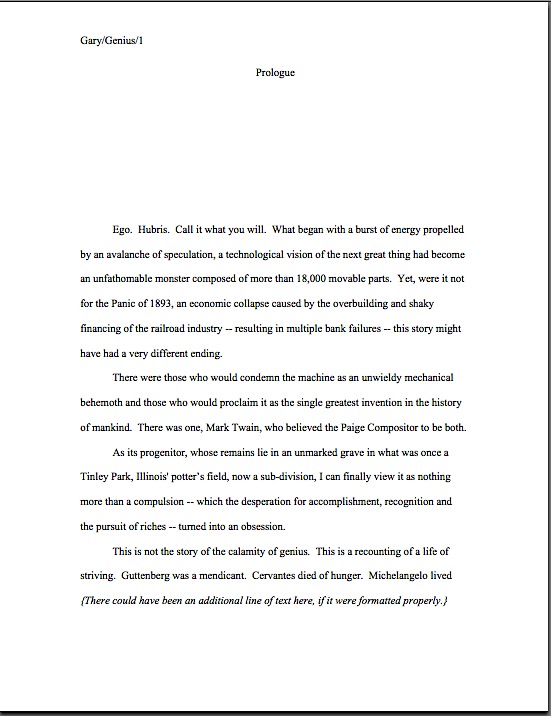


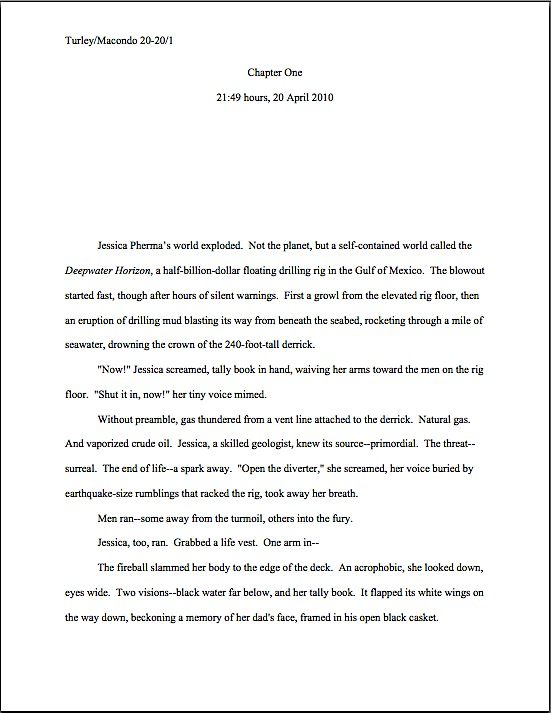
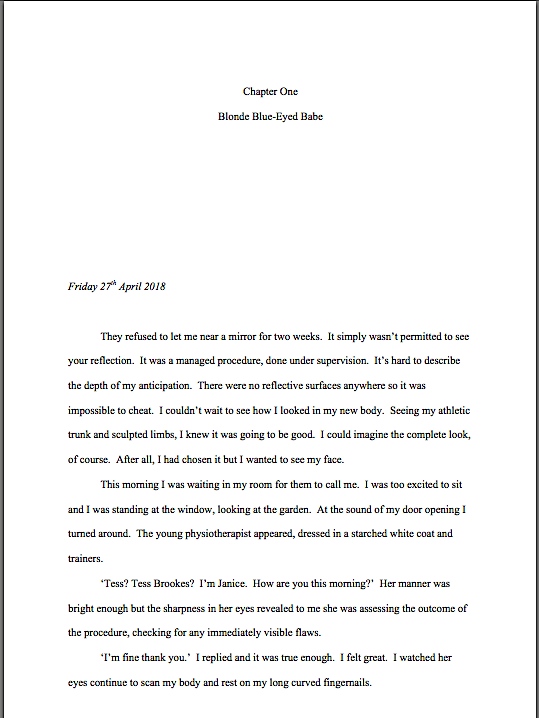
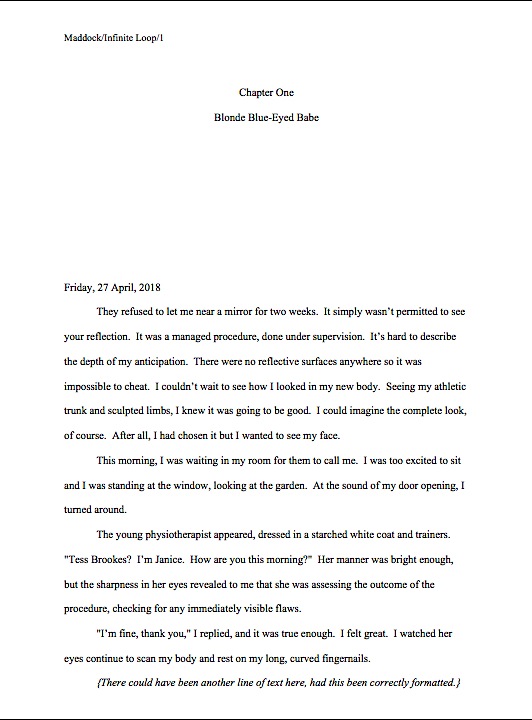
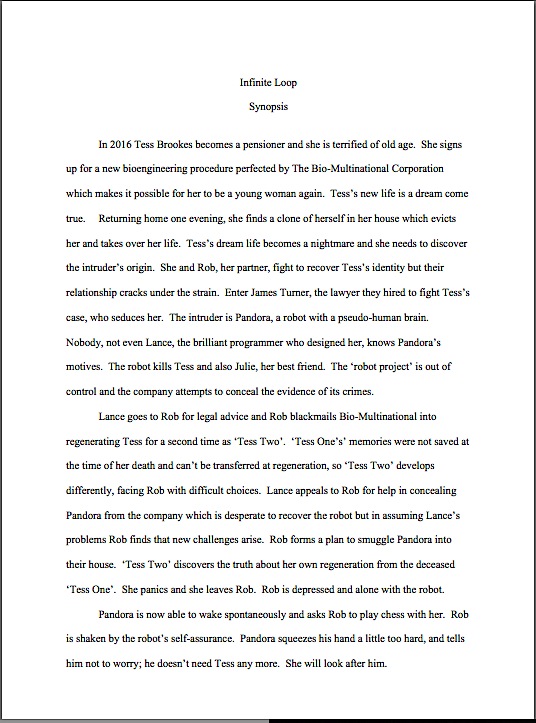



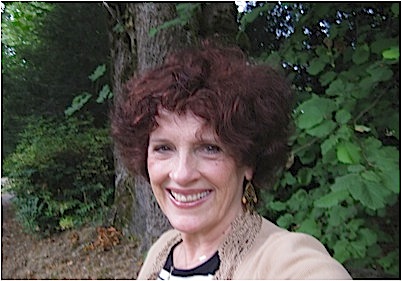
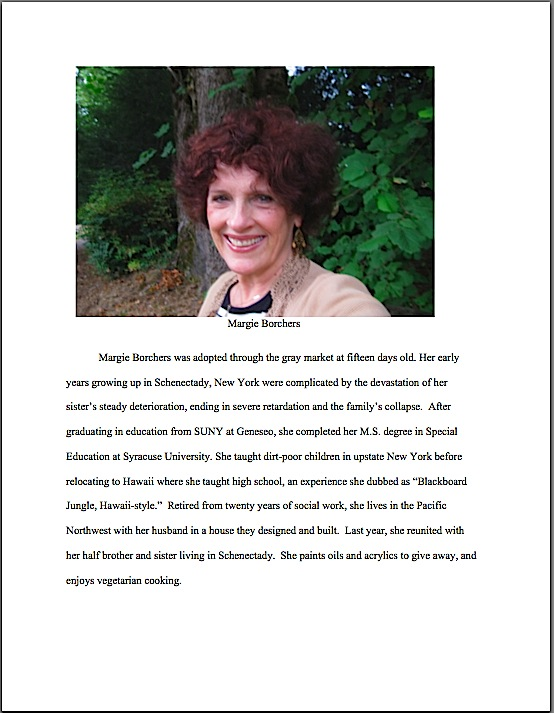
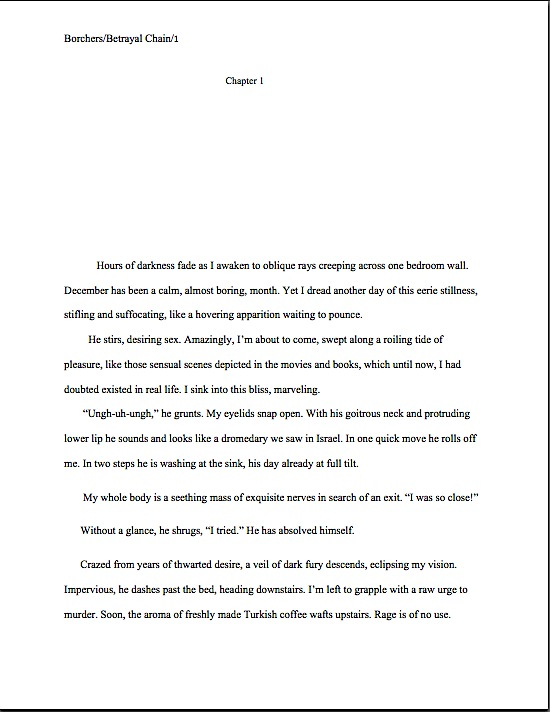
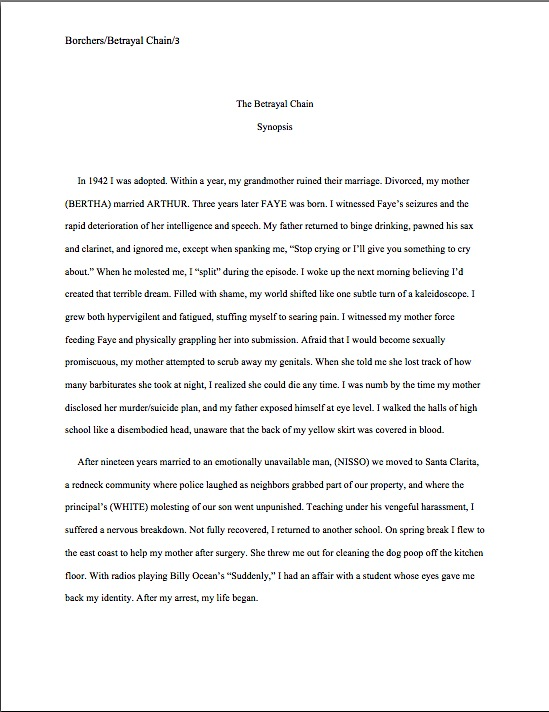
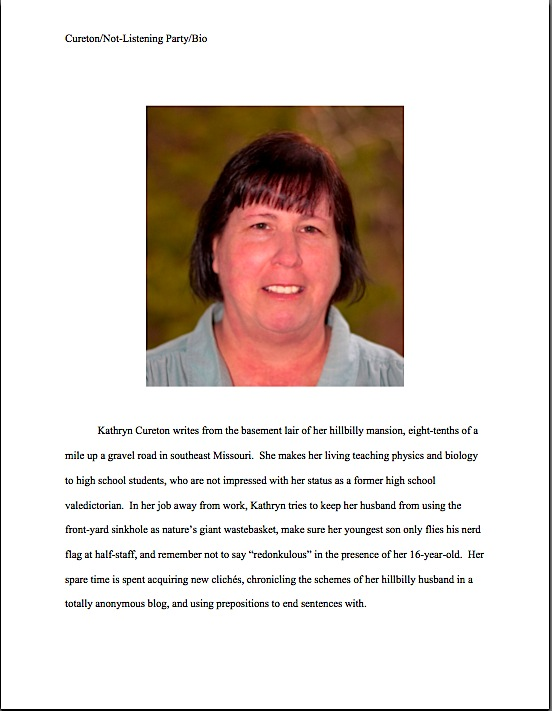
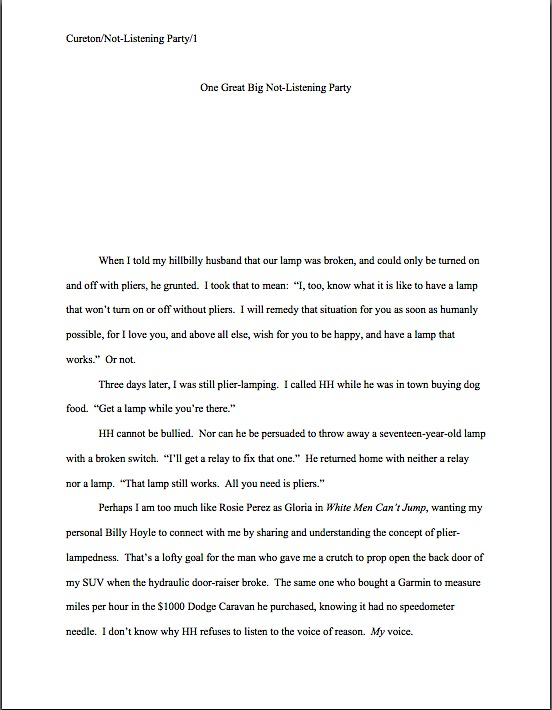
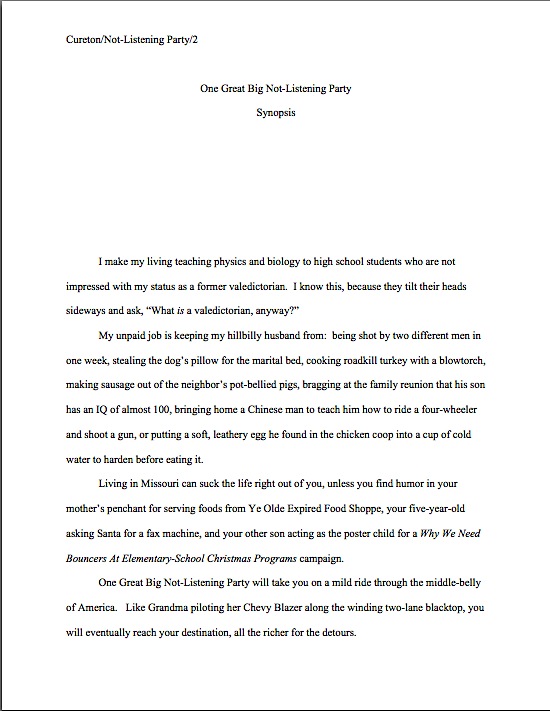

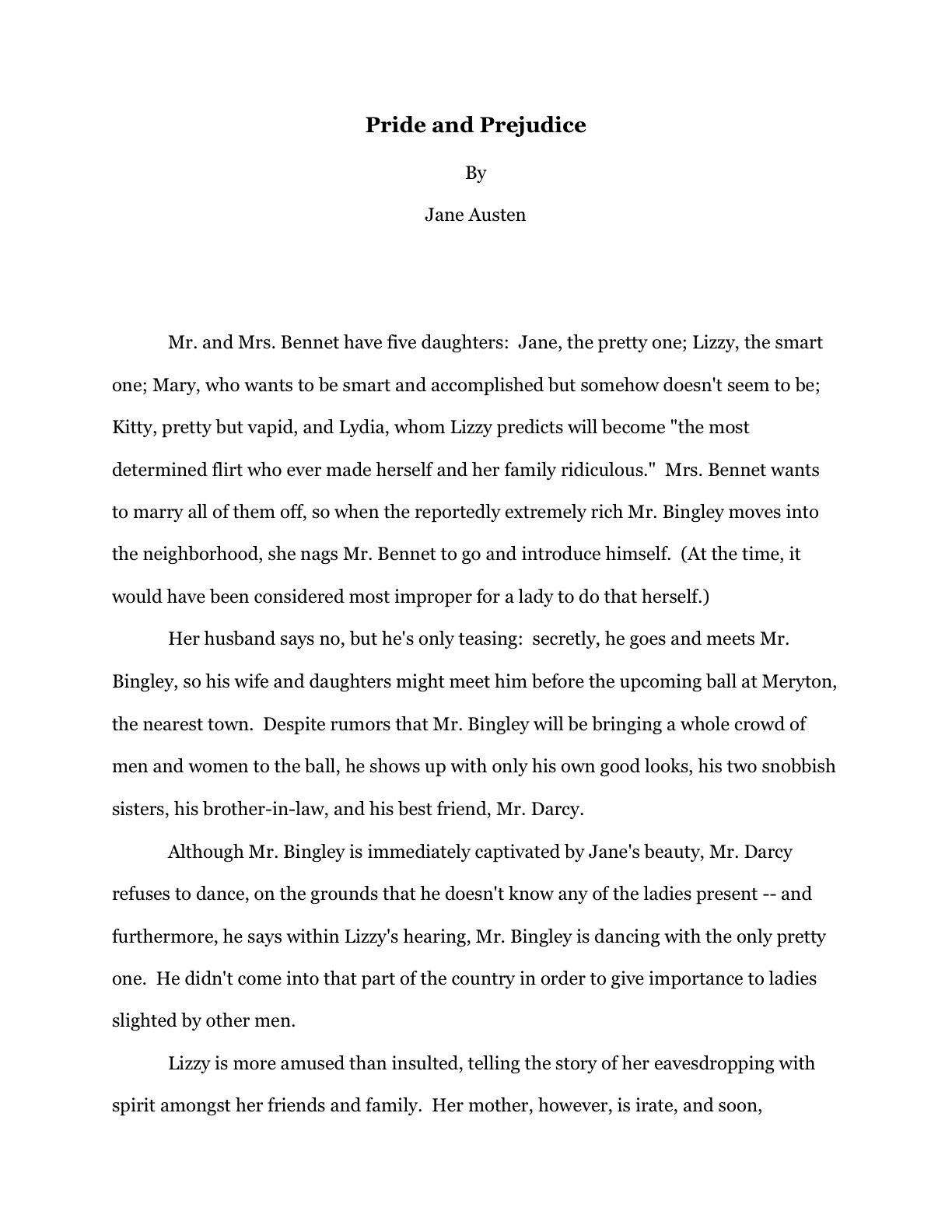

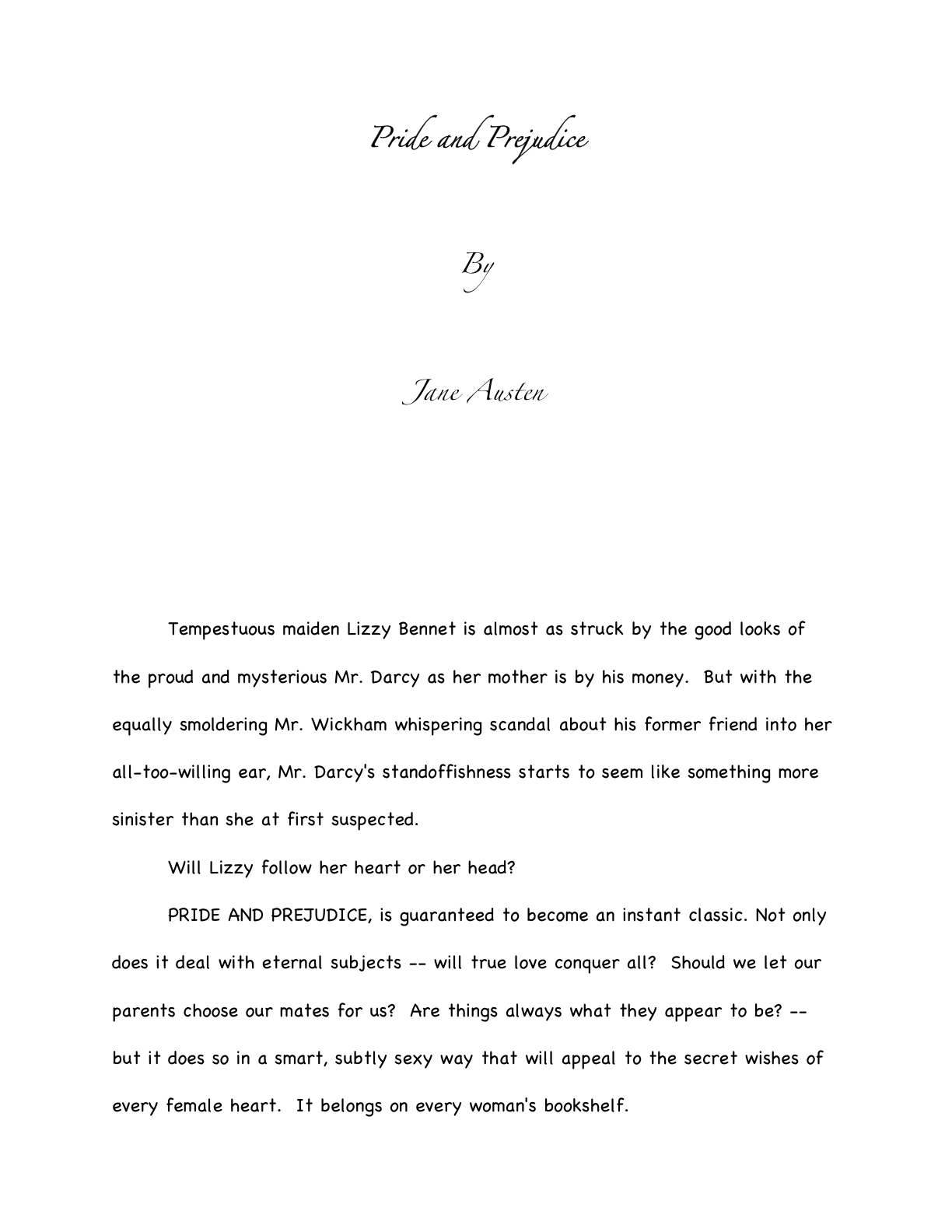

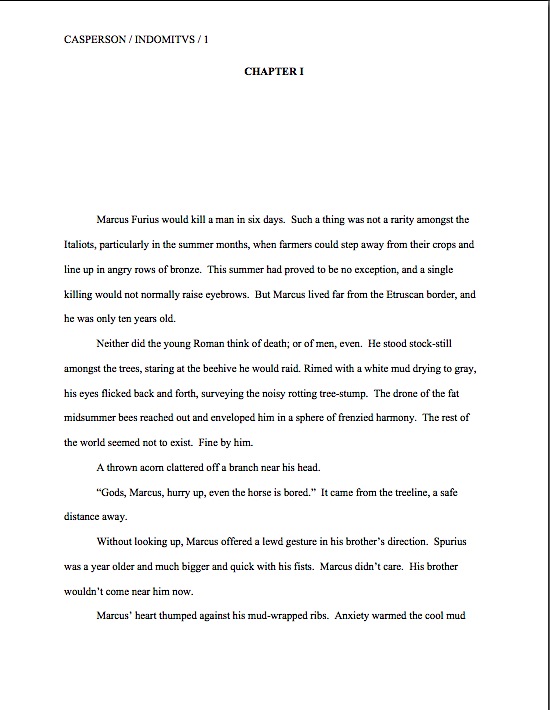
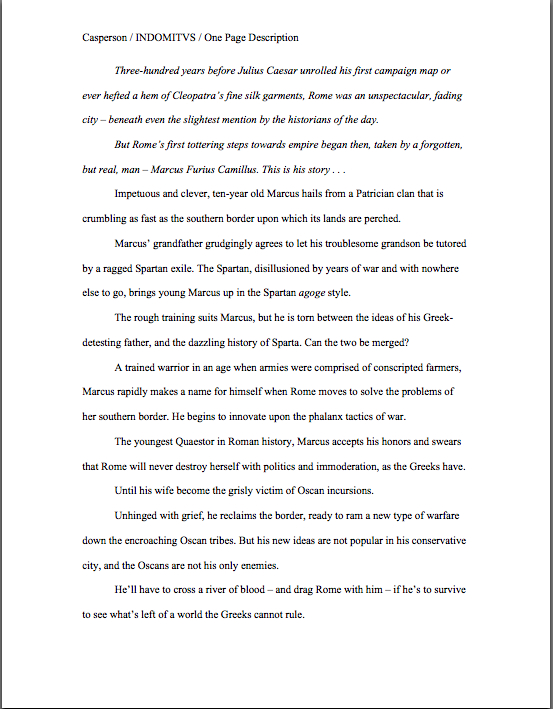
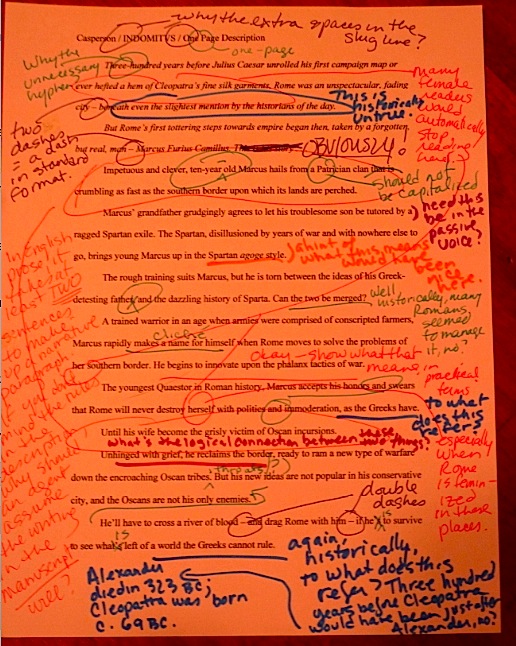
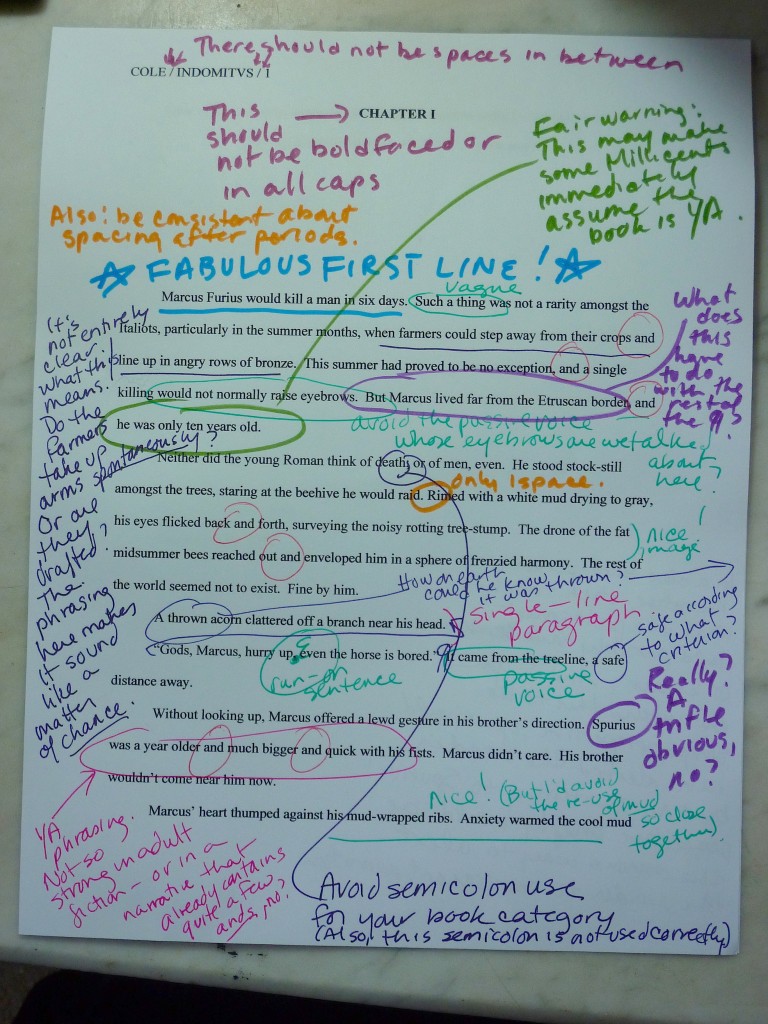


 Realistically, every English sentence a writer looking to sell a book places under an agent or editor’s nose is a writing sample: the query, the synopsis, the bio, the book proposal. Every paragraph is yet another opportunity to show these people that you can write.
Realistically, every English sentence a writer looking to sell a book places under an agent or editor’s nose is a writing sample: the query, the synopsis, the bio, the book proposal. Every paragraph is yet another opportunity to show these people that you can write.
